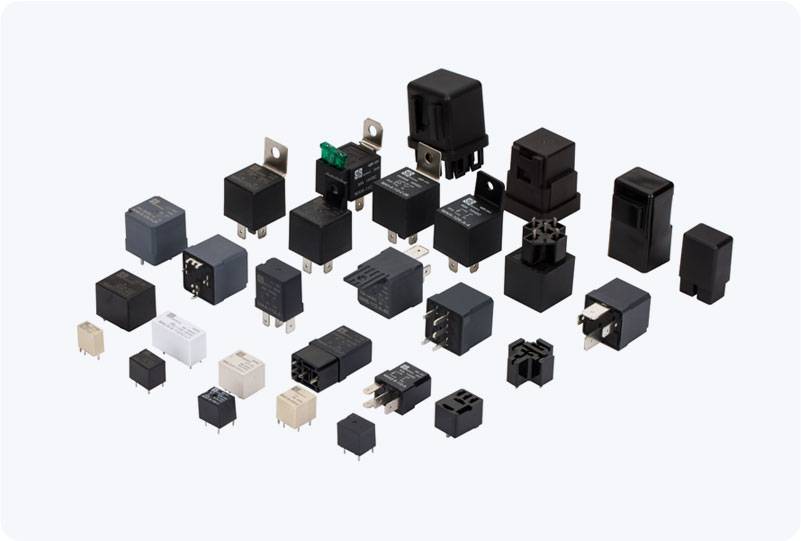The oil and gas industry, with its exposure to volatile environments, requires specialized equipment to ensure safety and operational continuity. One such critical component is the explosion-proof relay, designed to prevent electrical faults from igniting dangerous explosions in hazardous zones. These relays are integral to managing electrical circuits in environments where flammable gases, vapors, and dust are present, offering both protection and reliability for personnel, equipment, and operations.

What is an Explosion-Proof Relay? An explosion-proof relay is a device that can control or manage electrical circuits in potentially explosive environments without triggering a spark or flame that could ignite flammable materials. This relay’s primary function is to switch on or off the electrical current in a circuit, typically used to control larger devices like motors or alarms, without allowing an electrical fault or spark to escape into the surrounding environment. Explosion-proof relays are housed in a rugged, sealed enclosure designed to withstand high-pressure conditions and prevent any electrical arc or spark from igniting the surrounding explosive atmosphere. These relays are designed to comply with stringent safety standards, such as the ATEX directive (in Europe), UL (in the United States), and IECEx (international), ensuring they meet the necessary criteria for operation in hazardous zones.